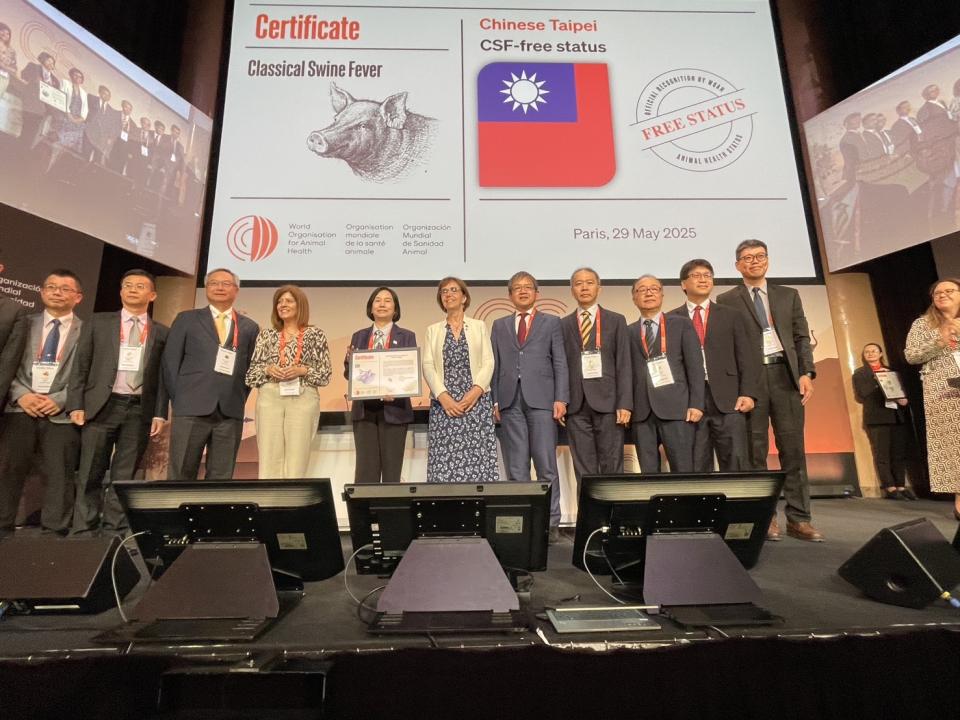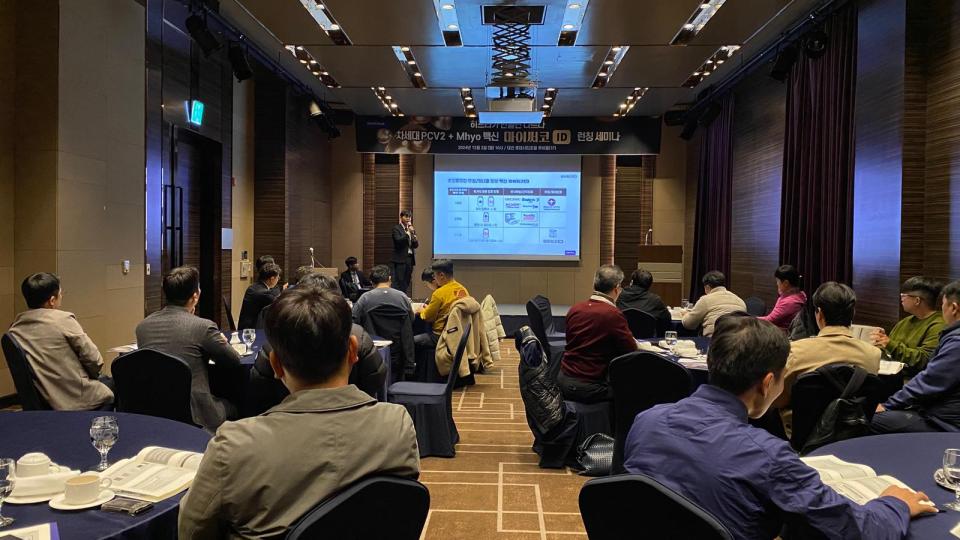Last January, HIPRA Mexico launched its new reproductive vaccine ERYSENG® PARVO/LEPTO in Riviera Maya and announced that the full range of its SENG products was now available on the Mexican market: SUISENG®, RHINISENG®, ERYSENG® PARVO, ERYSENG® PARVO/LEPTO, ERYSENG® and PARVOSENG®.
ERYSENG® PARVO/LEPTO completes the “SENG” range in Mexico

Over two days, about 80 professionals from the swine industry had the opportunity to attend interesting technical presentations and to share their experiences. Enric Marco (International Consultant, Marco Vetgrup SL, Spain) opened the event with a keynote speech on the future of global production and discussed the impact of European trends on the Mexican swine industry.

The high point was an interesting discussion chaired by Isaac Rodríguez Ballarà (Regional Technical and Marketing Manager, HIPRA) to find out how different specialists at international level view the impact of health on the profitability of farms, the reduction in the use of antibiotics and the future of pork production.
Experts Víctor Quintero (Consultant and professor at UNAM, Mexico), Carlos Piñeiro (Director, PigCHAMP Pro Europa, Spain), and Enric Marco, engaged with those attending by answering the most frequently asked questions in the face of these challenges, and finally setting out the details of their recommendations for maintaining the health of farms.

To conclude the event, Agustí Camprodon (Corporate Brand Manager, HIPRA) and Francesc Tribó (Technical and Marketing Manager, HIPRA Mexico) presented the new reproductive vaccine ERYSENG® PARVO/LEPTO. This is a unique and innovative vaccine that will revolutionise the market thanks to its perfect balance between safety and efficacy.

With the launch of ERYSENG® PARVO/LEPTO, HIPRA consolidates the SENG range as the “most modern and complete range of vaccines for breeding sows”, and strengthens its commitment to its continued growth in Mexico as the Reference in Prevention for Animal Health.







